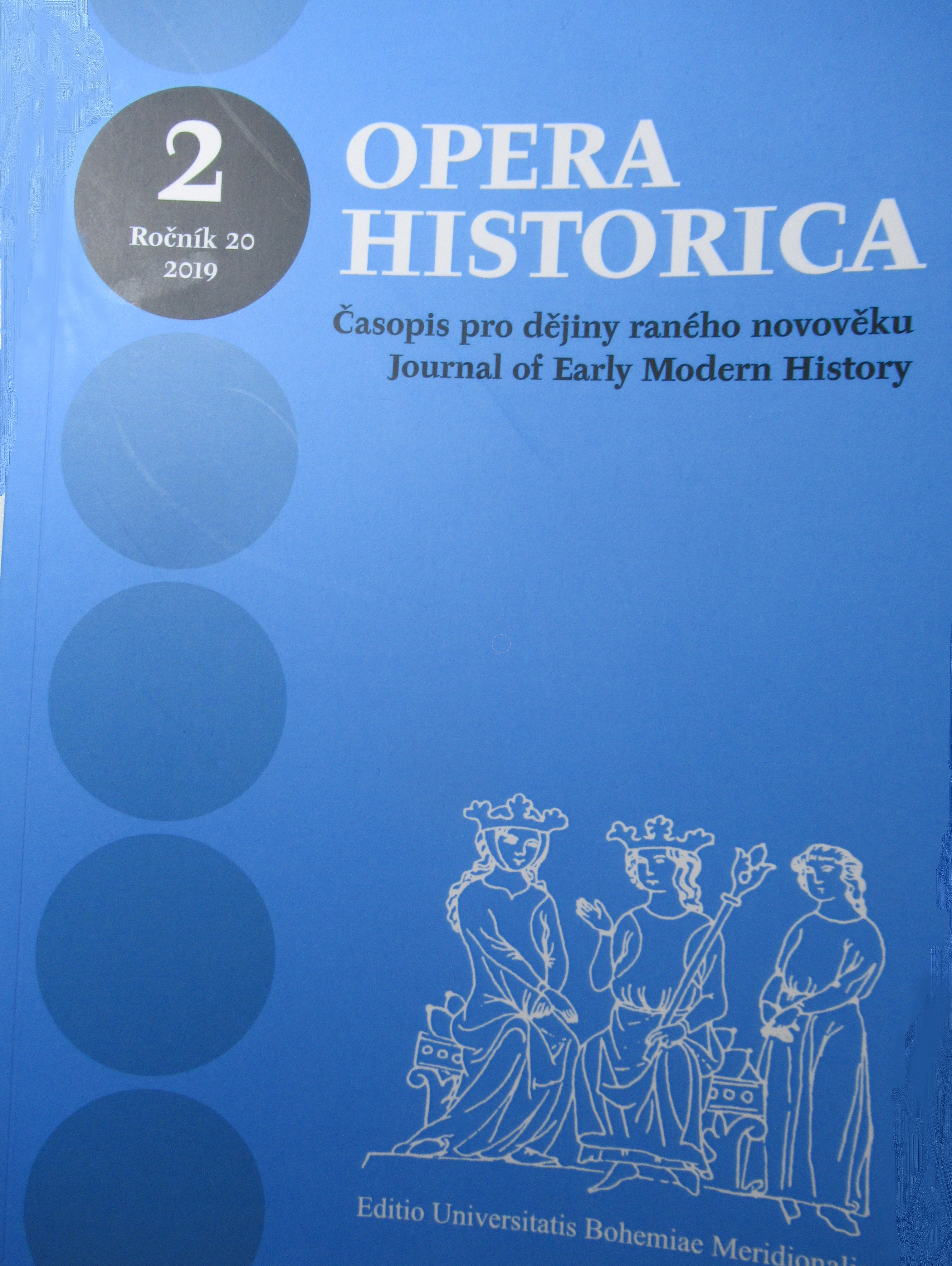Počátky variolace proti neštovicím v Evropě (1713-1721)
The beginnings of variolation against smallpox
in Europe (1713–1721)
Author(s): Karel ČernýSubject(s): History, Social history, 18th Century
Published by: Jihočeská univerzita v Českých Budějovicích
Keywords: smallpox; variolation; early 18th century; Jan Adam Reiman; Lady Mary Wortley Montagu; epidemics; prevention
Summary/Abstract: Smallpox epidemics ravaged the European population during the early modern period,with the number of victims being estimated in hundreds of thousands per year. This trendstarted to change at the beginning of the 18th century, when the earliest protective treatment(variolation) was introduced to Europe from the East. In the first part of my paper,I sum up major topics from the current historiography of variolation (e.g. relation to genderor politics), which until now have not been available to a Czech readership.After that I focus on the propagation of knowledge about variolation. For this purpose,I present a collection of lesser-known sources from Central Europe, particularly thoserelating to the journal of the German academy Leopoldina and the Slovak (Hungarian)physician Jan Adam Reiman, which are often either ignored or misquoted. Finally, I cometo the conclusion that the spread of variolation in Europe was not mediated exclusivelythrough British sources, as it resulted from complex knowledge-sharing across variousgroups of individuals.
Journal: Opera Historica
- Issue Year: 21/2020
- Issue No: 2
- Page Range: 189-203
- Page Count: 15
- Language: Czech

